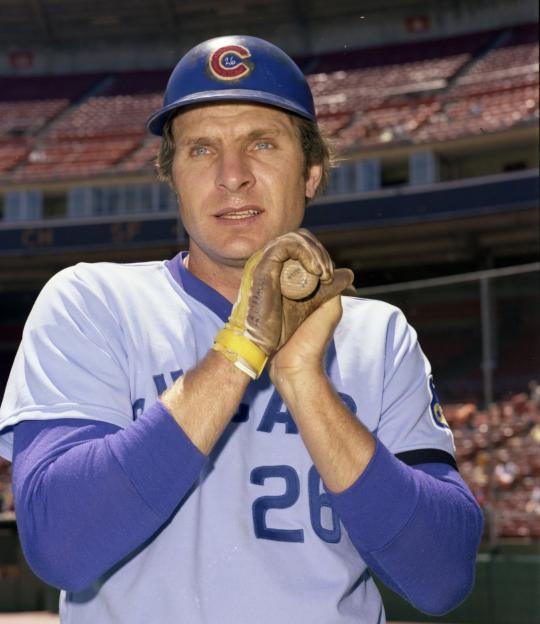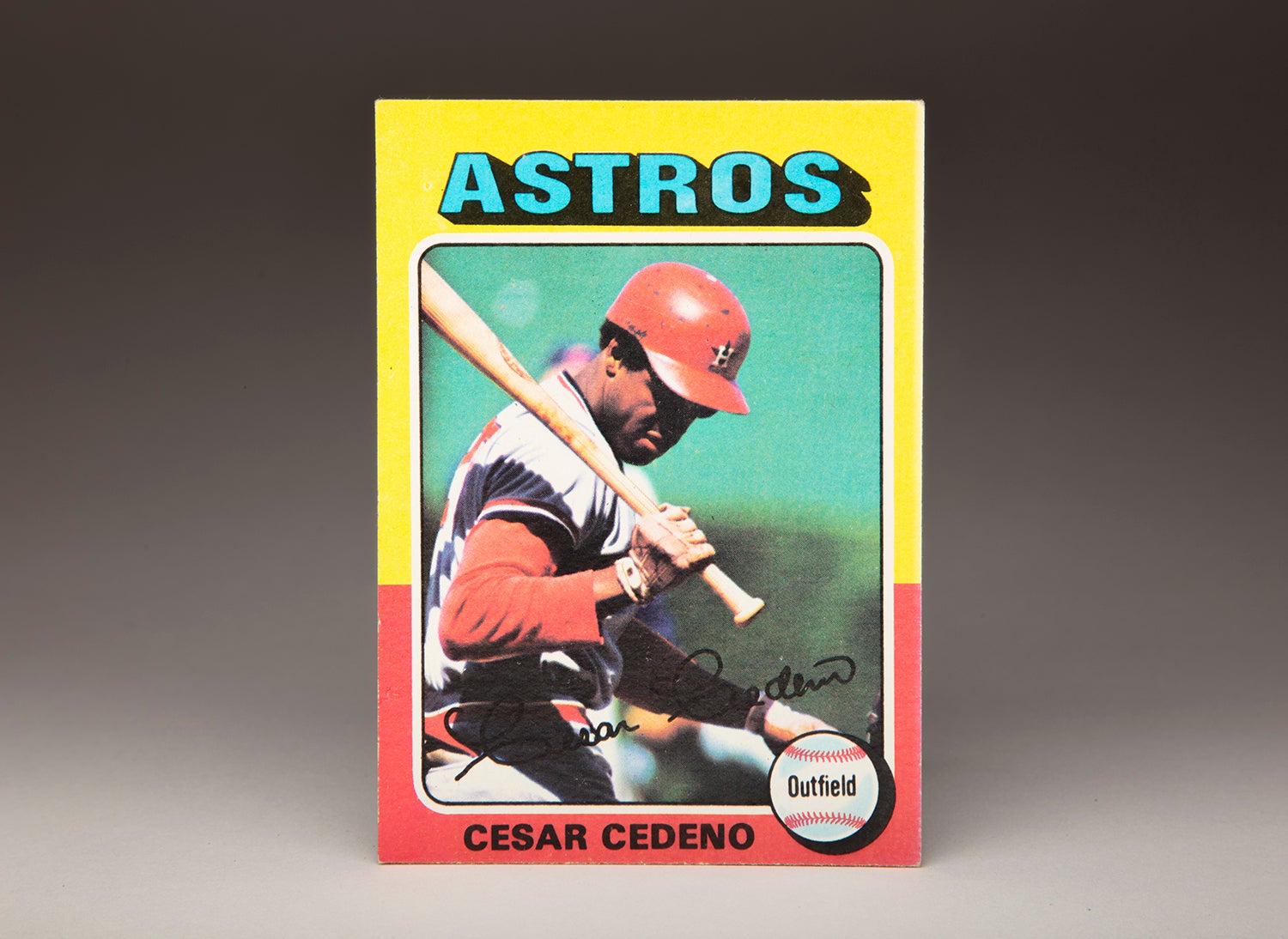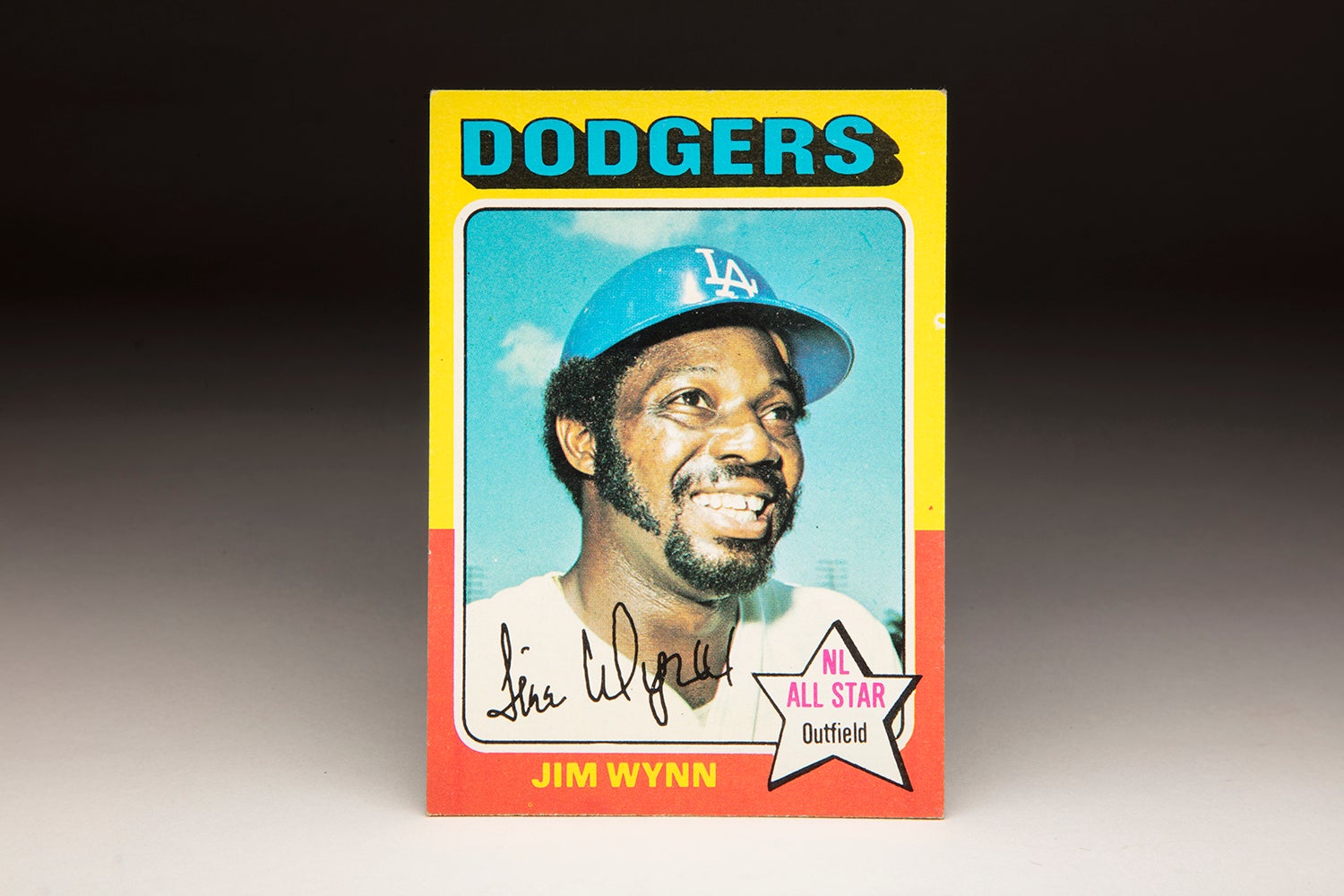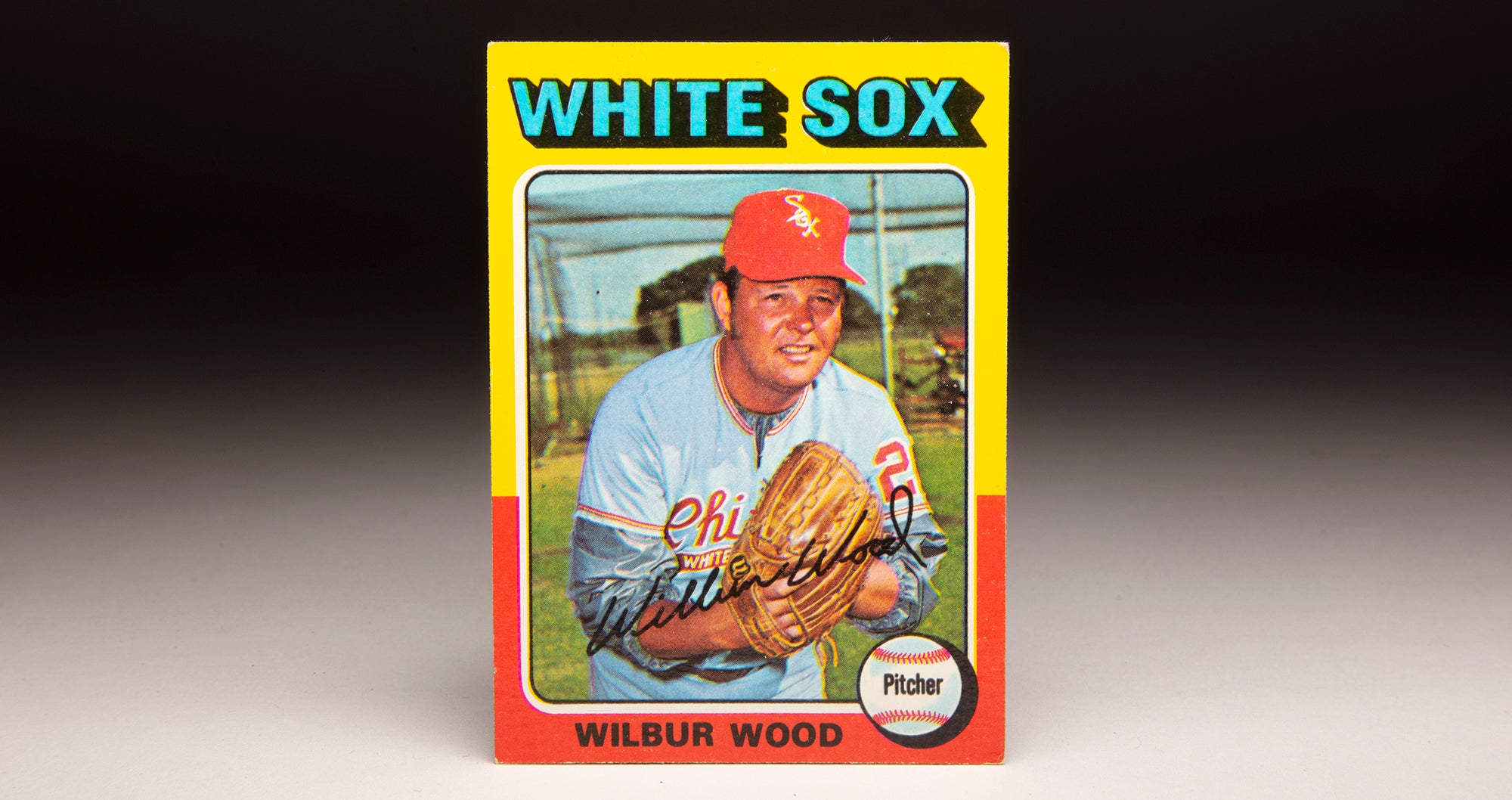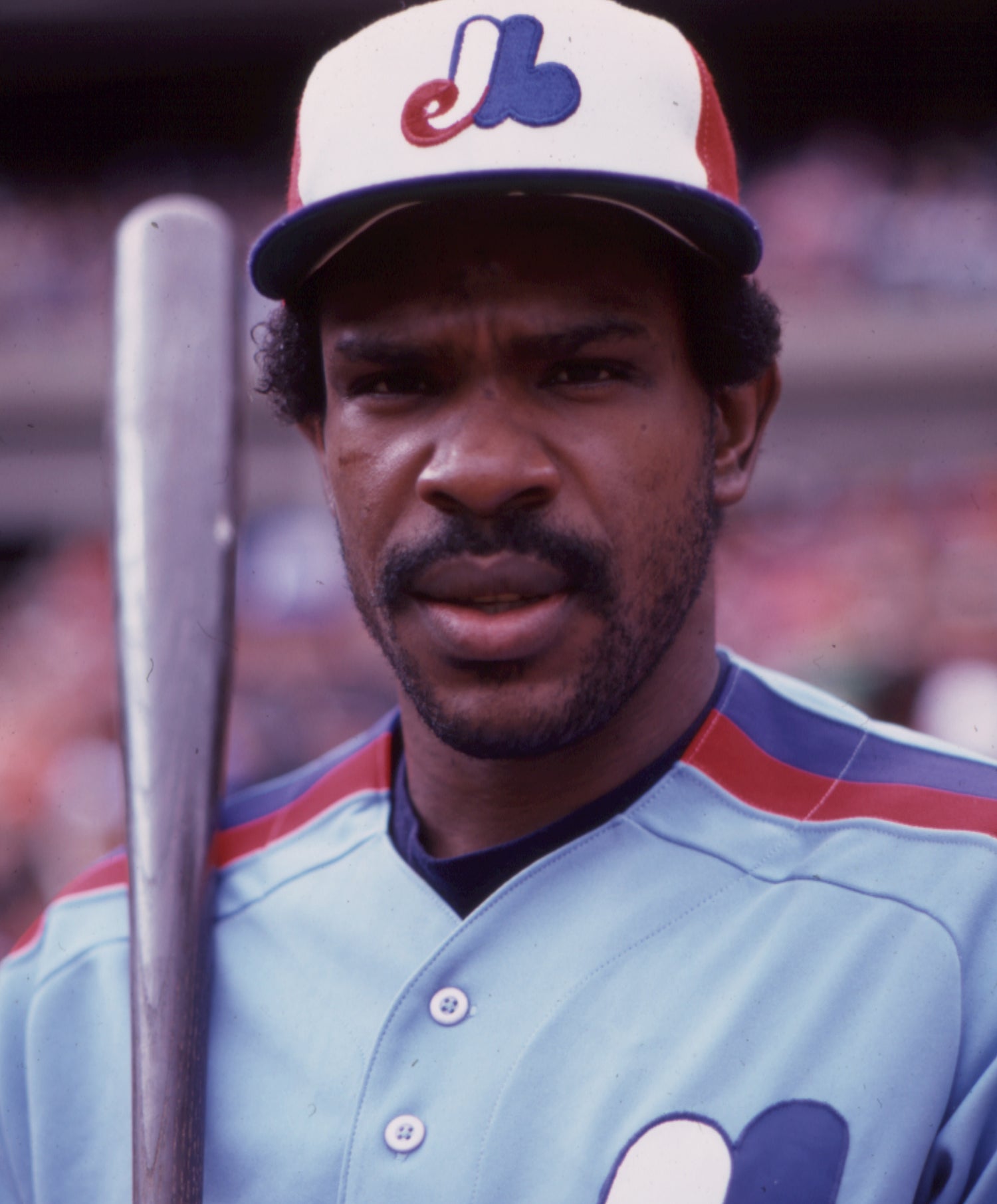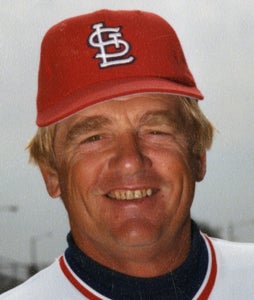- Home
- Our Stories
- #CardCorner: 1975 Topps Larry Biittner
#CardCorner: 1975 Topps Larry Biittner
For card collectors of a certain age, Larry Biittner always stood out.
First, there’s the name itself. It looks like a typo, a name that probably caused untold headaches for newspaper typesetters across America. There just aren’t too many eight-or-fewer-letter words in English that have consecutive i’s.
Hall of Fame Membership
There is no simpler, and more essential, way to demonstrate your support than to sign on as a Museum Member.
Skiing? Taxiing?
Then there’s the sheer number of Biittner cards out there, thanks to his 14-year career. This 1975 Topps offering features a nice shot of Biittner with his first baseman’s mitt, but the lefty thrower was much more well-known for his work with the bat.
A veteran of two teams that no longer exist, Biittner often seemed to merit more playing time than he received. But as a left-handed hitter who consistently put the bat on the ball, Biittner was always able to find a job.
A native of Pocahontas, Iowa, Biittner was the grandchild of Bavarian immigrants whose surname was changed from “Büttner”. He matriculated to Drake University on a basketball scholarship, but preferred baseball and transferred to Buena Vista University in Storm Lake, Iowa, where he could play both sports.
Selected by the Senators in the 10th round of the 1968 MLB Draft, Biittner was sent to Double-A Savannah, where he hit .286 in 58 games. After missing much of the 1969 season while serving in the military, Biittner played for Double-A Pittsfield in 1970, hitting .325 with a .392 on-base percentage in 102 games. The Senators called him up to the majors for a two-game cup of coffee in July.
Senators manager Ted Williams, liking what he saw of Biittner’s lefty swing, worked with the young outfielder for much of the next year – trying to develop Biittner’s power. Biittner hit .356 while starting the 1971 season with Triple-A Denver, then hit .257 in 66 games with Washington.
In 1972, with the franchise now located in Arlington, Texas, Biittner found regular work, hitting .259 in 137 games. But the power that Williams was looking for did not materialize (Biittner’s slugging percentage that year was .335).
As a difficult season dragged on, Biittner, who was hitting .315 as late as Aug. 4, got into a public feud with Williams about the manager’s tendency to platoon hitters.
“He knows how I feel,” Biittner told the Associated Press in a story that ran in papers around the country. “But he still has his opinion on how to handle the club.”
The Rangers lost 100 of their 154 games that season, and Rangers owner Bob Short replaced Williams with another future Hall of Famer: Whitey Herzog.
But Texas lost 105 games in 1973, and Biittner appeared in only 83 contests, hitting .252.
Following the season, Biittner was traded to the Expos in a one-for-one swap for pitcher Pat Jarvis. Biittner spent most of the 1974 season with the Triple-A Memphis Blues of the International League, hitting .327 in 94 games before earning a late-summer promotion to the big leagues.
The next season, Biittner appeared in 121 games for the Expos, hitting .315 for manager Gene Mauch. But after failing to get over the .500 mark with that core group, the Expos began a rebuilding phase in 1976, allocating playing time to youngsters like Ellis Valentine, Warren Cromartie and Andre Dawson. Biittner appeared in just 11 games before the Expos sent him and Steve Renko to the Cubs for Andre Thornton.
Biittner hit .245 in 78 games with the Cubs in 1976, but an injury to newly acquired Bill Buckner thrust Biittner into the starting lineup early in the 1977 season – and Biittner responded with a career season, hitting .298 with 12 homers and 62 RBI in 138 games.
Biittner remained with the Cubs for the next three seasons, filling a role as a reserve first baseman/outfielder and regular pinch hitter.
He signed a three-year contract with the Cincinnati Reds as a free agent prior to the 1981 season, becoming the first free agent the Reds signed following the advent of free agency in the fall of 1976.
In 1982 at the age of 35, Biittner hit .310 in 97 games. But the Reds released Biittner following the season, and after hitting .276 in 66 games with the Rangers in 1983, Biittner retired.
Over 1,217 big league games, Biittner totaled 861 hits and 236 walks for an on-base percentage of .359. He totaled 95 pinch hits, which put him in the Top 15 of that all-time list at the time of his retirement.
Though he rarely got the chance to be a big league regular, Biittner was far more than a “bit player” on the big league stage.
Craig Muder is the director of communications for the National Baseball Hall of Fame and Museum

